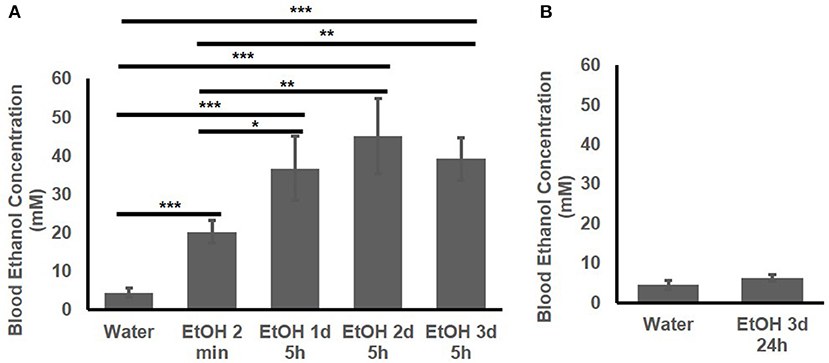Occasional Etoh
The health and safety of our patients and teammates is our top priority. We are keeping a close eye on this situation and reinforcing the extensive infection control practices already in place to protect them. Click here to find videos and additional resources.
Alcohol abuse, uncomplicated. 2016 2017 2018 2019 2020 2021 Billable/Specific Code. F10.10 is a billable/specific ICD-10-CM code that can be used to indicate a. This experiment aimed to compare post-immersion craving in occasional and heavy alcohol drinkers. Twenty-two occasional drinkers and eighteen heavy drinkers were recruited and immersed in a virtual bar, including alcoholic beverages. After the exposure, heavy drinkers reported a significantly higher craving than occasional drinkers. Researchers will test the hypothesis that abnormal activity of the cerebellum (the part of the brain responsible for coordination and regulation of voluntary movement) causes myoclonus and dystonia in myoclonus-dystonia, and that by acting on targets in the cerebellum, alcohol injections will normalize cerebellar activity to relieve motor symptoms. Alcohol Alcohol 2014;49(6):661-7. Chikritzhs T, Fillmore K, Stockwell T. A healthy dose of skepticism: four good reasons to think again about protective effects of alcohol on coronary heart disease external icon. Drug Alcohol Rev 2009;28:441–4. However, the length of time alcohol can be detected in breast milk will increase the more alcohol a mother consumes. For example, alcohol from 1 drink can be detected in breast milk for about 2-3 hours, alcohol from 2 drinks can be detected for about 4-5 hours, and alcohol from 3 drinks can be detected for about 6-8 hours, and so on.
Food and drink are a huge part of celebrations and special occasions. Many people on dialysis wonder if drinking alcohol can be a part of a kidney diet. By working with your nephrologist and dietitian, it may be possible to include alcohol in moderation.
Alcohol Considerations
The following tips can help you determine what is right for you.

- Talk to the doc. Before consuming alcohol while on dialysis check with your nephrologist. Your doctor will review your medical history and medications to make sure it is safe.
- Know your high or low risk. Diabetes increases risk of low blood sugar when drinking alcohol, especially if you have not eaten. The American Diabetes Association recommends to not drink on an empty stomach or when your blood sugar is low. On the other hand, some drinks may cause high blood sugar. Be aware of drink mixers that are high in sugar and carbohydrates. Select mixers without calories such as club soda, diet sprite, diet tonic water, or water to avoid jumps in blood sugar.
- Be fluid aware. Moderation is the key if you are on a fluid restriction. Limiting your fluid intake while on dialysis is recommended for your overall health. Being fluid overloaded is hard on your heart. One can of beer contains 12 ounces of fluid. A typical fluid limit for patients on dialysis is 32 ounces of fluid per day. This means drinking a single beer would leave you with 20 ounces of fluid for the whole day. Talk to your nephrologist or dietitian about your personalized fluid recommendations. Limiting alcoholic beverages to one serving is better for your fluid intake and can help limit potassium and phosphorus.
Potassium and Phosphorus
Watch out for drinks high in potassium or phosphorus. Drinks made with tomato juice or orange juice are loaded with potassium. The following drinks are examples of cocktails that are high in potassium and are not recommended for dialysis patients:
- Bloody Mary
- Screwdriver
- Pina Colada
- Tequila Sunrise

Cocktails made with milk or cream are higher in potassium and phosphorus and should be limited. Beer and wine contain potassium and phosphorus in different amounts. Dialysis patients should limit beer to a 12 ounce serving and wine to a 5 ounce serving.



Spirits have the least amount of potassium, or phosphorus. These include;
Occasional Etoh Icd 10
- Bourbon
- Gin
- Rum
- Scotch
- Vodka
- Whiskey
Occasional Etoh
Make sure to limit these to a 1.5 ounce serving (1 shot). Be aware that mixers can add to the potassium or phosphorus content of a drink. Select mixers that are low in potassium and phosphorus such as club soda, sprite, tonic water, an ounce of fresh lime or lemon juice, pineapple juice, cranberry juice or water.
For more information read “Alcohol and Chronic Kidney Disease” from the DaVita.com Diet & Nutrition articles. Use the DaVita Diet Helper™ Food Analyzer to search and view nutrients in cocktails, wine, beer and spirits.
Reference
Occasional Etoh
This article is for informational purposes only and is not a substitute for medical advice or treatment. Consult your physician and dietitian regarding your specific diagnosis, treatment, diet and health questions.